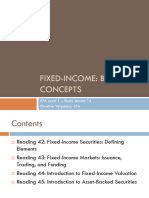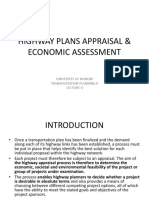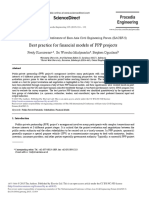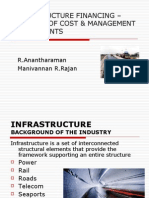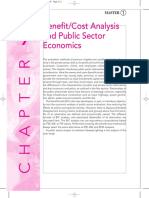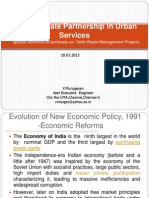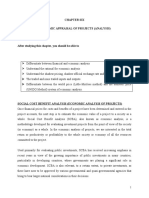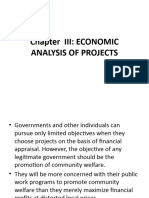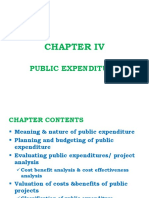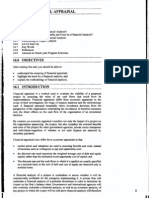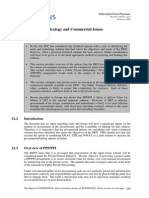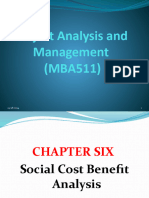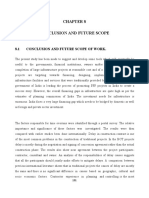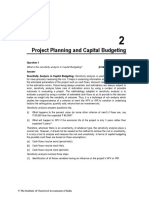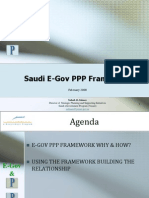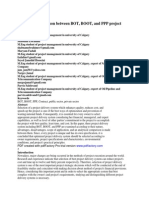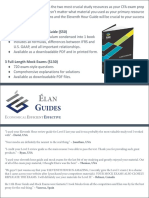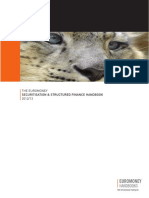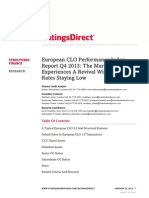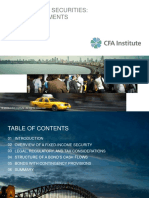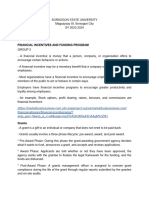Due Diligence for Highway PPP Projects:
Economic & Financial Analysis Assessing Revenue RisksPublic Sector Comparator
Henry KeraliSector Manager, TransportThe World Bank
1
Presentation Outline
•Selecting PPP Projects•Due Diligence & Feasibility Studies•Socio-Economic Evaluation•Public Sector Comparator •Building Blocks for PPP projects•Assessment of Traffic Risks•Sharing Revenue Risks•Finally ….
2
Selecting PPP Projects
3
Project Identification
•Potential PPP projects should come from a Public Investment Program (PIP), e.g. 5 year development plan•Other projects may be suggested by government agencies or those about to be considered for the PIP•Some projects may come from the private sector as unsolicited bids, but these need careful consideration•All of the projects should have feasibility studies undertaken, including economic evaluation•These Public sector projects will form the ‘long’ list of candidates
4
4
Prioritization Process
•Initial criterion should be economic viability•Multi Criteria Analysis (MCA) can be used for further prioritization of competing projects•Typical criteria used in MCA include:
–Minimum and maximum capital requirements –Traffic levels, –Financial viability, –Risk Assessment, –Social and environmental impacts
5
5
Due Diligence
•This defines the necessary studies undertaken by the relevant (contracting) authority•Studies provide the basis for the Government to:
–Understand fully the physical, socio-economic, financial, risks and other characteristics of each project –Prepare the detailed Business Case for each project including preliminary allocation of risks –Prepare draft tender documentation –Procure the private partner –Negotiate from a position of strength following tender submission –Assist inputs to operational project monitoring
•Includes a variety of studies/assessments
7
7


Socio-Economic Evaluation
•Purpose is to:
–Conduct Cost-Benefit Analysis (CBA) –Optimize the socio-economic impact of the investment –Identify projects that contribute to economic development –Assess the rationale for public intervention
•Identify non-quantifiable impacts:
–Accident savings –Environmental Impacts –Social Impacts
8
8
Public Sector Comparator
9
Public Sector Comparator
•Purpose:
“A Public Sector Comparator (PSC) is used by a government to make decisions by testing whether a private investment proposal offers value for money in comparison with the most efficient form of public procurement.”
•Definition:
“The PSC estimates the hypothetical risk-adjusted costif a project were to be financed, owned and implemented by government.”
•PSC provides a benchmark for estimating value for money from alternative bids.
10
Value for Money Comparison
PublicPrivate
11
Public Sector Procurement
•Tends not to value risk,
–Budgets for projects are often optimistic –Tendency to budget for the best possible, lowest cost and earliest completion outcome
•Estimates should be for the most likely outcome!•Private sector generally includes risks in cost estimates.•However, if most risks are transferred to the private sector, value for money will decline since the premium demanded will outweigh the benefit
13
General Principles
•Capital costs:
–should reflect the full resource costs of the project, including opportunity cost of public assets used in the project, and adjusted for risks.
•Operating costs:
–whole life cost of maintaining the asset to the same standardas required from the Private operator.
•Revenue streams:
–Included only if bidders will be allowed to set tolls.
15
Key functions of the PSC
•The PSC is intended to provide a FAIR means of comparing PPP projects and/or competing bids against Public procurement.•Inherent biases in public procurement (overheads, subsidies, etc.) must be estimated and included•Risks should be allocated and valued•Sensitivity analysis provides an indication of the most likely outcome and not only the mean value.•The main benefit of PPP is the value added through better construction, O&M and risk sharing.
18
Assessing Traffic Risks
19
Assessment of Traffic Risks
•Traffic risks are usually assigned to the concessionaire•But, traffic is not primarily within concessionaire’s control •Some concessions have a traffic/revenue risk sharing agreement with client:
–underwriting a part of losses if traffic is low –sharing profits if traffic is high
•Sound mechanisms for toll rate review are therefore essential•Traffic forecast is normally the main determinant of revenues
20
Traffic Risk Error Drivers
•Miscalculation of road user willingness-to-pay(WTP) especially for frequent users/commuters, and trucks•Recession/economic downturn •Future-year land use scenarios that never transpired•Inaccurate estimate of Value of Time•Time savings less than expected
21
Traffic Risk Error Drivers...
•Less usage by trucks•Complexity of the charging mechanism (hence modelling process)•Underestimate of ramp-up period (traffic stability), both severity and duration•Longer-term traffic forecasts are very sensitive to GDP assumptions•Improvements to competitive (toll-free) routes•History/experience with toll roads
22
Traffic Forecasting Risk Index
More Reliable Less Reliable
Shadow tollsUser-paid tollsTolls well establishedNo toll roads in countryEstuarial crossingsDense urban networksExtension of existing roadGreen field siteAlignment: strong economicsAlignment: strong politicsHighly congested corridorLimited/no congestionFew competing roadsMany alternative routesOnly highway competitionMulti-modal competitionStand-alone facilityReliant on other, proposed highway improvements
23
S&P Research Results 2005
25
Even worse for countries with no Toll Road experience ….
26
Impact of Forecast Assumptions
$0$2$4$6$8$10$12$142004 2009 2014 2019 2024 2029
R e v e n u e ( m i l l i o n s )
Forecaster Base Auditor Base Auditor Worst
+57%+149%
GDP 6%GDP 4.5%GDP 3%
27
Building a PPP Project
28
Public AccountingRiskRevenuesFinanceScope
Scope
•Nature of project•Packaging tasks (horizontal / geographic)•Packaging projects (vertical / stages)•Influence on competition•Performance indicators for maintenance works
29
Risk Evolution
30


